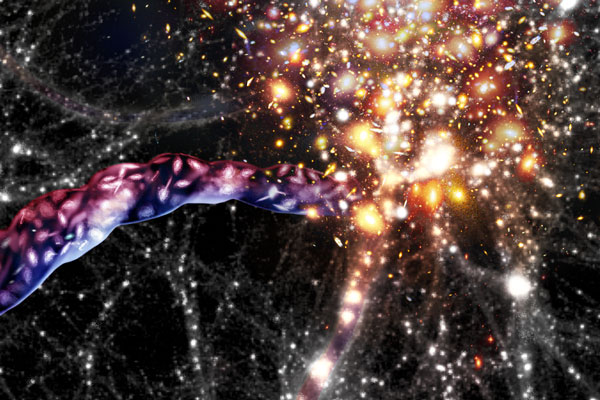MNTornadoGuy
Member
One topic that I find very interesting is extraterrestrial weather as it is so bizarre and unlike anything on Earth. I wonder if there are tornadoes or tornado-like vortices on other planets/moons. There are dust devils on Mars but those aren't true tornadoes. The only places in the Solar System that might experience true tornadoes are Titan, Saturn, or Jupiter.
Titan is known to have intense methane thunderstorms that have been modeled to reach heights of 15.5 miles. The Huygens probe recorded major changes in wind directions with westerly winds at the surface and easterly winds at 3 km. Even though the bulk wind shear recorded by Huygens was very weak, it could be stronger elsewhere. Tornadoes on Titan might be similar to landspouts on Earth.

Thunderstorms are common on Jupiter. These storms are deep and very intense producing powerful lightning and hailstones of ammonia/water. Considering the extreme vorticity and wind shear on Jupiter, it wouldn't be surprising if supercells are able to develop on Jupiter and produce tornado-like vortices. One place where supercells might develop is in the wake of the Great Red Spot where there is both high levels of vorticity and deep-moist convection is known to develop.

Saturn would be a similar situation to that of Jupiter. Splitting thunderstorms have been observed on Saturn which might be a sign of supercellular convection.

Titan is known to have intense methane thunderstorms that have been modeled to reach heights of 15.5 miles. The Huygens probe recorded major changes in wind directions with westerly winds at the surface and easterly winds at 3 km. Even though the bulk wind shear recorded by Huygens was very weak, it could be stronger elsewhere. Tornadoes on Titan might be similar to landspouts on Earth.

Thunderstorms are common on Jupiter. These storms are deep and very intense producing powerful lightning and hailstones of ammonia/water. Considering the extreme vorticity and wind shear on Jupiter, it wouldn't be surprising if supercells are able to develop on Jupiter and produce tornado-like vortices. One place where supercells might develop is in the wake of the Great Red Spot where there is both high levels of vorticity and deep-moist convection is known to develop.

Saturn would be a similar situation to that of Jupiter. Splitting thunderstorms have been observed on Saturn which might be a sign of supercellular convection.



